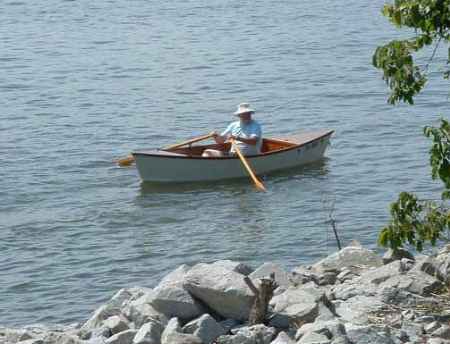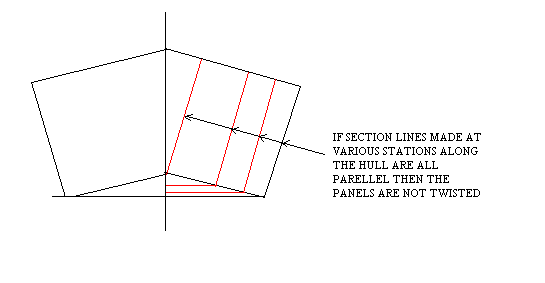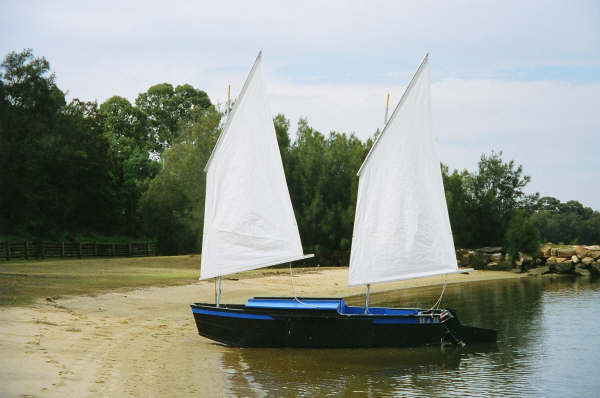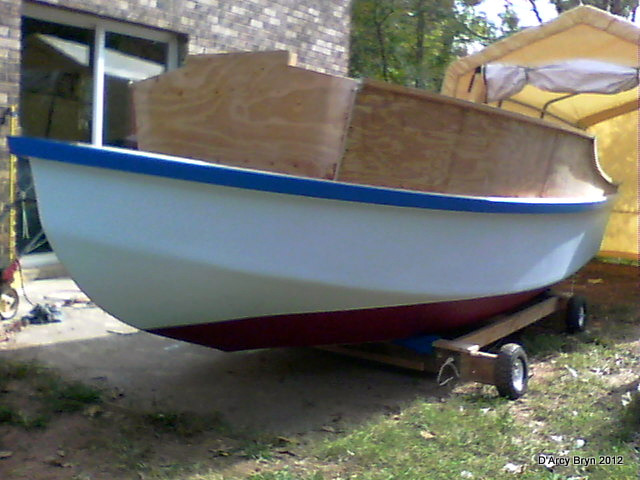
Andy Wallis & Co. capsize test his IMB. She is trying to self right and note that he is pushing down on the mast to prevent that. You can see why I think this Bolger invention cabin has a lot of merit. There is no ballast other than the weight of Andy's young replacement and she takes on no water when knocked over.
Contents:
Contact info:
Jim Michalak
118 E Randall,
Lebanon, IL 62254Send $1 for info on 20 boats.
















